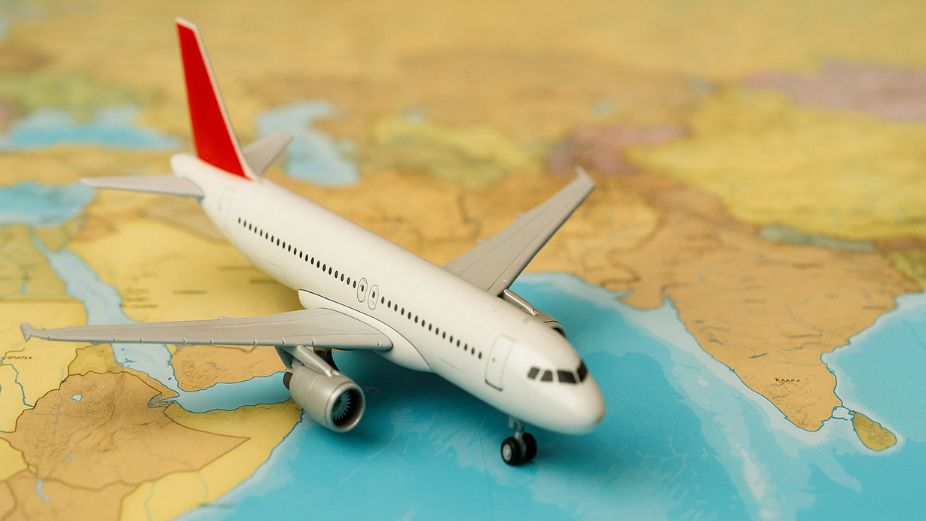
Tourist arrivals to the Maldives crossed 1.07 million as of 23 June 2025, with China, Russia, and the United Kingdom leading the market. While this reflects a strong and steady recovery, the country’s growing reliance on major air transit hubs, particularly Dubai, Doha, and Abu Dhabi, could become a strategic vulnerability if regional instability continues to escalate.
According to the latest figures from the Ministry of Tourism, arrivals rose by 9.1 percent compared to the same period last year. China accounted for over 133,000 tourists, followed by Russia with more than 122,000 and the UK with over 105,000.
But behind these numbers lies a more fragile reality. Many travellers from Europe access the Maldives via Gulf-based carriers like Emirates, Qatar Airways, and Etihad. These airlines serve as essential links between long-haul travellers and the Maldives, funnelling traffic through transit hubs in Dubai, Doha, and Abu Dhabi.
Regional Tensions and Aviation Risks
With rising geopolitical tensions in the Middle East and Red Sea region, including security threats to commercial aviation and rerouting of major flight paths, any disruption at these hubs could have significant implications for Maldivian tourism. Even temporary instability could drive up costs, extend travel times, or lead to cancellations and reduced capacity, especially for tourists from Europe who are more reliant on these transit points.
China and Russia Offer Some Insulation
Unlike European markets, China and Russia benefit from more direct access. Chinese carriers have resumed regular services, and Russia’s Aeroflot continues to operate direct flights between Moscow and Malé. This connectivity provides some protection from the effects of disruptions in the Gulf, offering the Maldives a degree of diversification in its inbound traffic network.
India Expands Its Direct Footprint
India, currently ranked sixth among source markets, also maintains direct routes through carriers like Air India and IndiGo. In May 2025, national airline Maldivian launched direct flights from Bengaluru to Hanimaadhoo, further enhancing connectivity with the Indian market and reducing reliance on Middle Eastern transit points.
What’s at Stake
While arrivals in June are already up 16.4 percent year-on-year, and April saw an even higher surge of nearly 18 percent, these gains are highly dependent on the continued stability of regional aviation networks. Should tensions in the Gulf disrupt major transit corridors, the Maldives may feel the consequences quickly, especially in its European and long-haul markets.
To mitigate the risk, tourism planners may need to accelerate efforts to promote direct air links from key markets, support alternative regional routes, and improve contingency planning in the face of geopolitical uncertainty.
The Maldives is on track for another successful year in tourism. But to stay there, it must ensure its air access routes are as resilient as its appeal.








